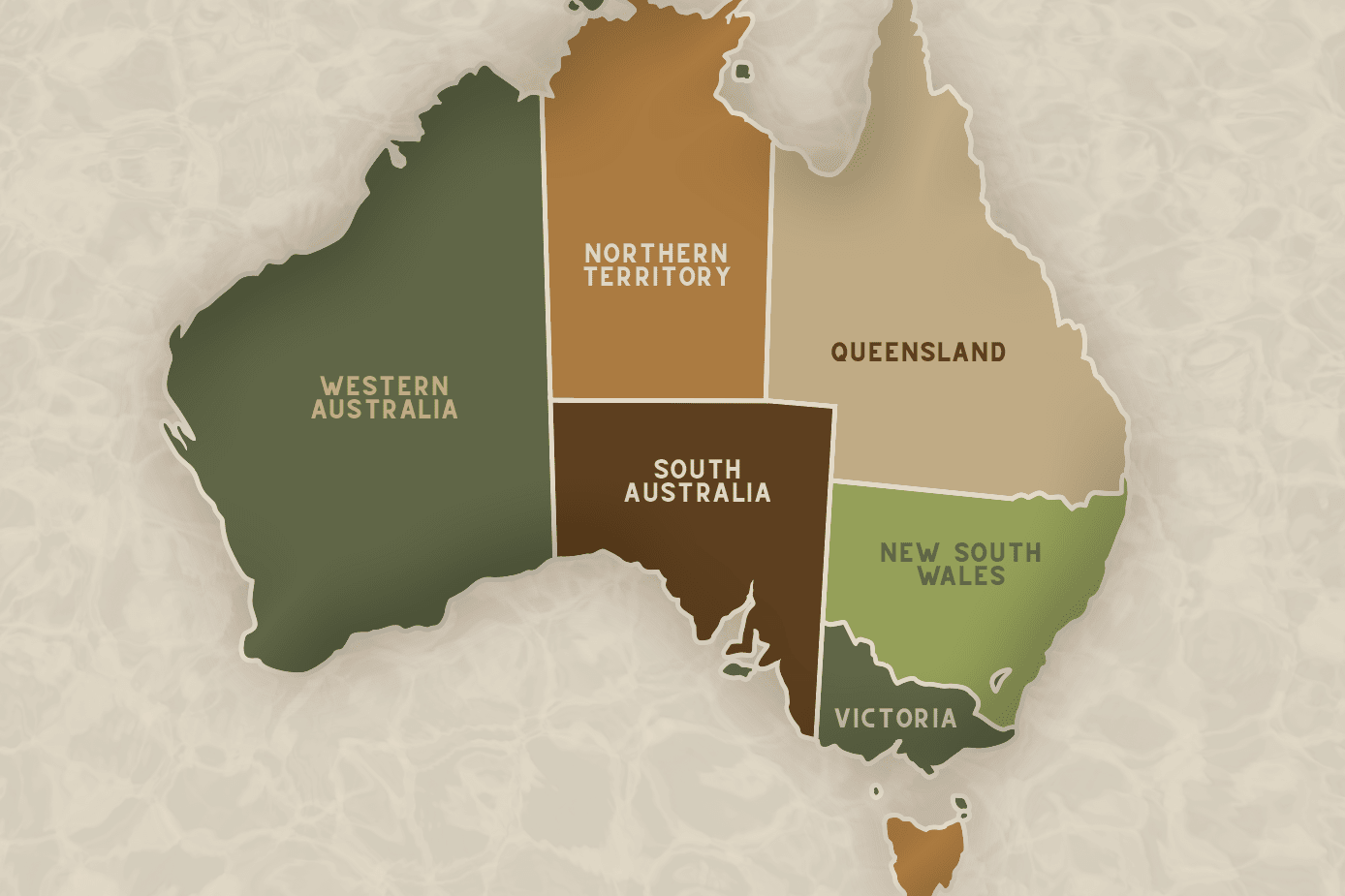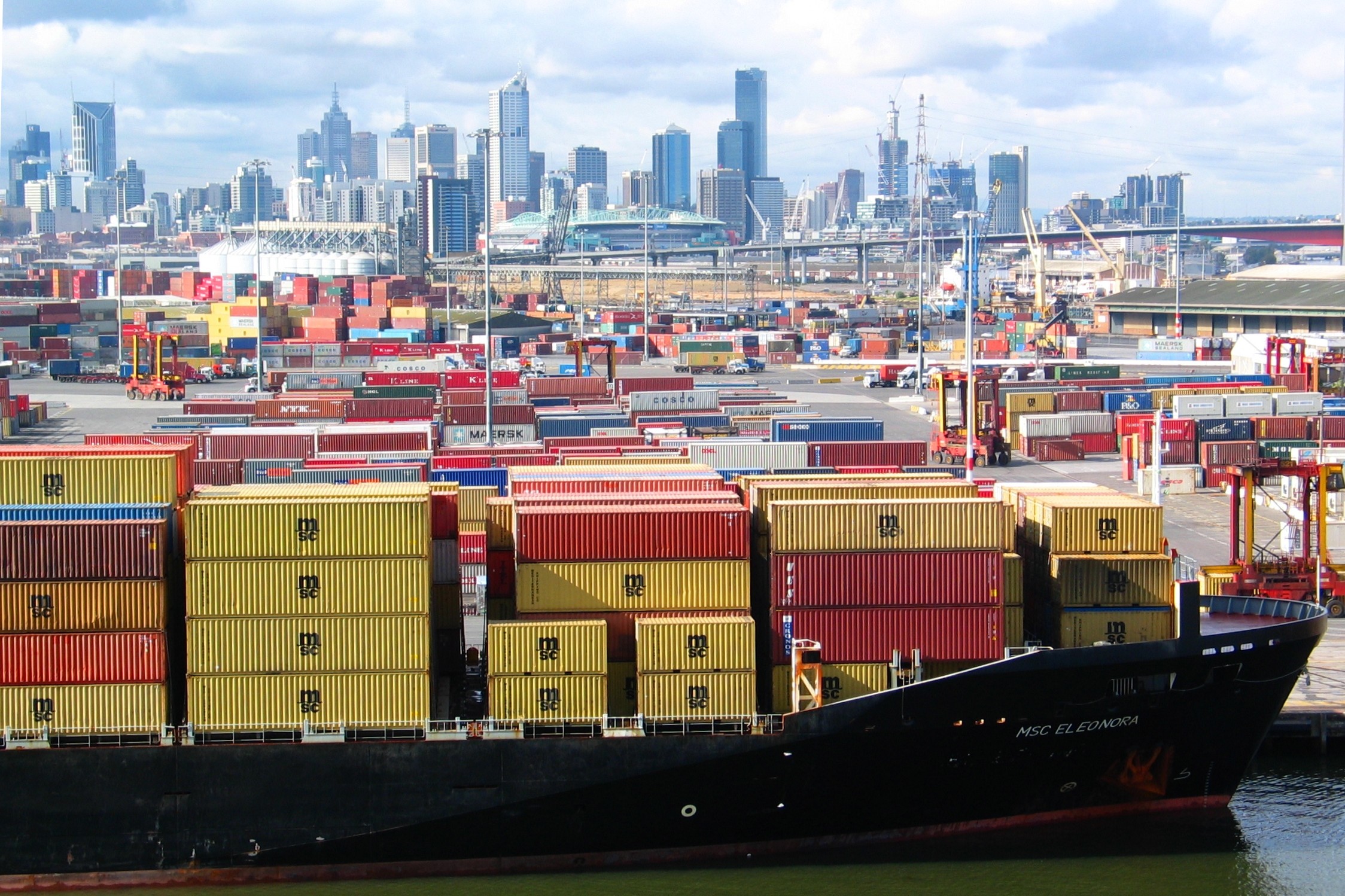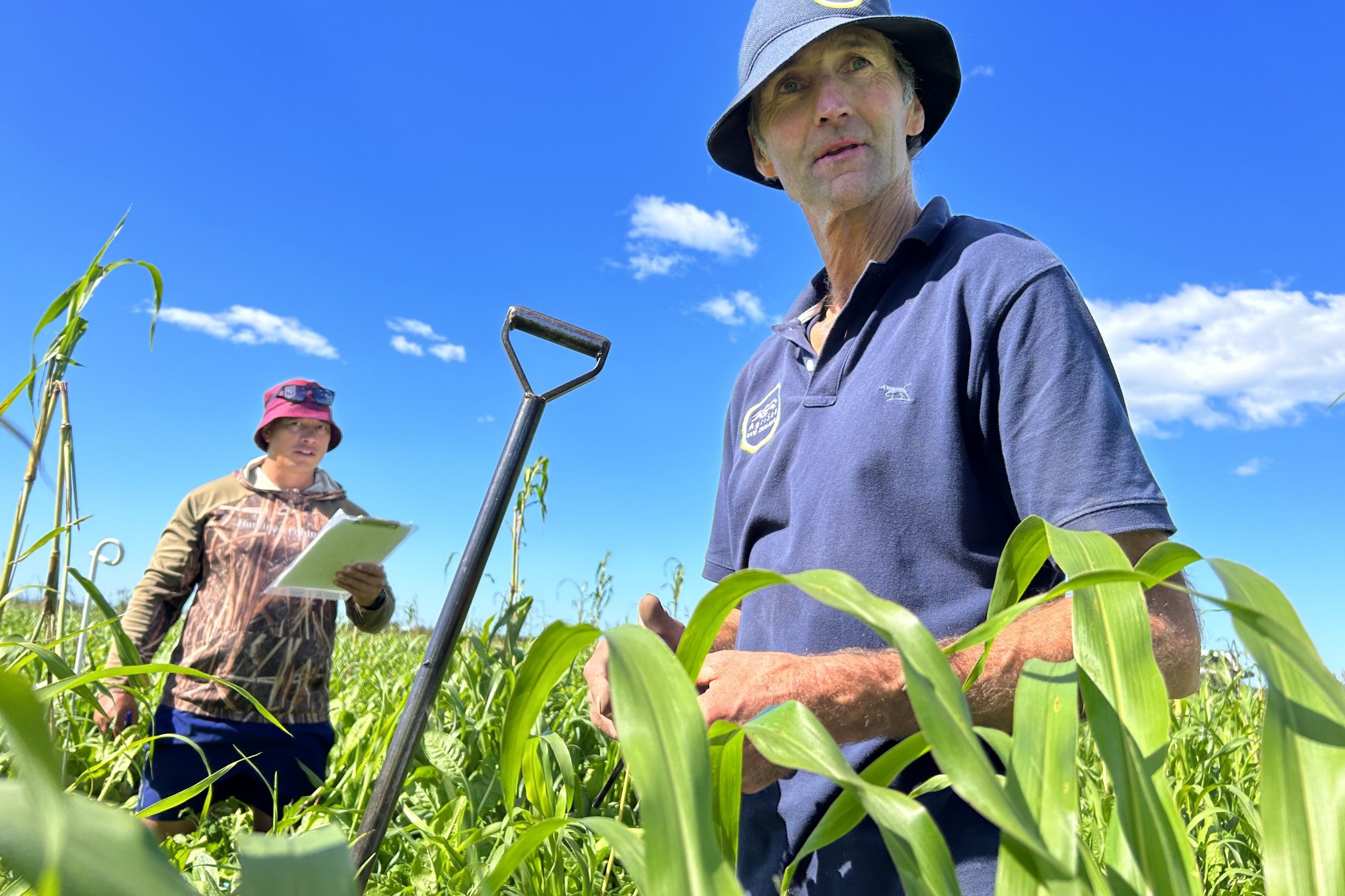Are higher environmental standards critical to our exporting future? Phil Edmonds outlines the arguments for and against government investment in the environment.
Over the past eight weeks more public money than ever has been earmarked for cleaning up our waterways, improving biodiversity, and dealing with pests.
Much of it has been implicitly, if not explicitly, talked up as a gift to the primary sector.
While it has been widely welcomed there are some who have started to question how we can start to quantify the benefits of that investment.
They see now as the time to start demanding more tools to verify the effort being made and, as importantly, a nationally coordinated campaign to sell those verified environmental improvements.
A quick recap of the cash poured into environmental projects with at least some connection to farming operations reveals an unprecedented torrent of investment – albeit in unprecedented times.
First, the budget delivered $433m for new jobs in regional environmental projects, $315m for biosecurity including weed and pest control, and $154m for new jobs enhancing biodiversity on public and private land.
Subsequent announcements in May saw the Government create more flexible funding criteria for applications to the One Billion Trees Fund, with $10m dedicated to help up to 10 catchment groups plant landscapes at a whole-of-catchment scale. This extra funding was in addition to the $100m from the Provincial Growth Fund for waterway fencing, riparian planting, and stock water reticulation also announced in May.
And at the end of May the Government finally unveiled its post-consultation plan to clean up waterways with a $700m fund to support riparian and wetland planting, removing sediments, and other initiatives to prevent farm run-off entering waterways.
All in all, some big bucks.
But with such a monster spend-up did there need to be more clarity around the return on investment?
To date, the answers to that question have revolved around job creation and ensuring there are opportunities for those made jobless to stay in work rather than drift out (understandably given the Covid-19 context), and the familiar cry that it will protect/increase the value of our primary exports.
For example, the clean water announcement was positioned by Minister of Agriculture Damien O’Connor as a means to help increase the value of our primary exports.
Environment Minister David Parker added “Our environmental reputation is the thing that underpins our biggest export earners… It’s time for us to invest in cleaning up our water in order to protect the economic value-add it brings.”
On the surface, the value-add justification doesn’t sound rigorous enough but there isn’t a lot of scrutiny being placed on those joining the dots between a clean environment and higher export food prices.
There are a number of likely reasons. First, it would appear there’s now a broad consensus of support for making this connection. It isn’t just politicians using the link as an easy way to sell tighter rules around environmental standards. Read any analysis of where value from food production is going to come from in the future and fixing the environment is at the top of the pile. For example, an introduction to a paper published in June by Auckland University and co-authored by Peter Gluckman, former chief science advisor to the Prime Minister, titled The Future of Food and the Primary Sector, noted “consumer demand for high quality food is growing with interest in foods’ provenance and attributes such as… carbon footprint and environmental protection.”
Second, KPMG’s global head of agribusiness, Ian Proudfoot, has noted that the payback on an environmental investment is sometimes measured in decades rather than months or years, which makes the investment difficult to audit.
And third, political opponents who are best placed to attract media attention are understandably more motivated to advance arguments that trigger immediate negative responses. For example, when responding to the budget announcements National’s environment spokesperson Scott Simpson said he feared for how much of the money being dished out would end up going into added bureaucracy in Wellington offices.
With all that said, is further scrutiny worth the effort?
Lincoln University agribusiness management senior lecturer Nic Lees says it is very difficult to measure the impact of a country’s environmental credentials through an analysis of premiums paid for food and beverage products.
His ultimate answer is in the “yes but, no but” camp.
Recently returned from carrying out research into the Origin Green concept in Ireland, Lees found little evidence that products holding environmental credentials deliver price premiums.
He says that more than anything it is very hard to prove.
“I haven’t found anything in the research I have done that shows consumers necessarily seek out and compare different levels of environmental commitments to freshwater, biodiversity, and carbon emissions in the food products they are looking to buy.”
This would suggest a significant threat to those who believe cleaning up our environment is New Zealand’s biggest challenge if our primary sector products are to remain internationally competitive.
It’s a view certainly endorsed by newly minted Federated Farmers president Andrew Hoggard who worries that the defence of environmental spending in the name of adding value is potentially just adding cost.
“Everyone talks about how prices will rise. But look what happened when the EU came back to us with its free trade offer. Do premium consumers in Europe really want to buy our stuff?
“I do worry about how we are going to magically find value by raising environmental standards. If we constantly increase minimum standards, is an overseas buyer going to continue paying more and more? Let’s not kid ourselves that there are people out there waiting for this and they are suddenly going to pay us a whole lot more when we achieve what we hope to do.”
In terms of specific environmental commitments there seems to be even less ability to identify a transparent return on investment.
Nic Lees says “I’m still not sure how much consumers value one type of commitment over another – it will vary depending on consumer interest. In reality it is extremely complex. For example, as a consumer how much do you value recyclable packaging versus how much the food producer or manufacturer pays workers versus the impact of the food production on water quality etc. It is very hard to make specific ethical choices. You can’t consume a purely ethical product.”
Unsurprisingly, that is not the end of the debate.
Lees says there is a big “however” that relates to New Zealand’s ability to get access to markets willing to trade, and this is at a business-to-business level rather than business-to-consumer.
In fact, let’s forget consumers for a moment – even if it is contrary to everything we are supposed to believe.
IRISH EXPERIENCE
Lees says this is where the Origin Green certification mark has been valuable for Ireland. “If you are supplying large foodservice companies like McDonalds or food manufacturers like Nestlé they have their own standards and they want to be sure their own suppliers are meeting those standards as well. If you can show that you are meeting those standards then you are at least in a position to be considered as a supplier.
“The Irish food and beverage export profile is very similar to New Zealand – like us, they export the majority of their agricultural output. This means they are most often competing against local products which, in Europe at least, are typically able to command a premium without any other attributes simply because there is so much emphasis on eating locally produced food. But for the Irish products, being backed by a mark with certified environmental credentials at least gets them in the door and gives retailers a reason to have them on the shelf.”
Perhaps even more relevant to New Zealand’s export position is that while international consumers may not be looking for different environmental commitments to freshwater, biodiversity, carbon footprint, and so on, putting them on the packet does provide a cue to what they are really looking for.
Lees says that if you look at Asia, consumers are typically looking for safe food and long-term health and wellbeing. Asian markets won’t be wowed by environmental credentials. However, a clean environment is closely associated with safe and healthy food and it offers a (valuable) de facto measure of safety.
Ultimately, Lees says, we should be convinced that higher environmental standards are critical to our exporting future even if we can’t satisfy ourselves that we are making a meaningful difference by getting specific consumer applause.
Adopting a counterfactual approach, Lees says “it is more likely to have a negative effect if we don’t do it. It will make it harder to compete in markets where there is an equivalent local product”.
For farmers, the uncomfortable finding is that it is going to cost more and we are going to have to pay to verify what we are doing. And (yes, another “and”) we’re going to have to pay more to sell that verification.
The Primary Sector Council, established in 2018 by the Minister of Agriculture to develop a shared direction for agriculture, food, and fibre sectors, looks to be taking this job on. As part of the government’s Covid-19 response, the Council has developed the document “Fit for a Better World” based on three pillars of recovery – productivity, sustainability, and inclusiveness.
Proving our sustainability certainly appears to have been given a shot in the arm. The document notes work is under way to develop “robust, pragmatic regulations” across water and climate, and, for fresh water, to deliver a framework for improving quality by co-investing with community catchment groups, starting with riparian planting to control sedimentation.
While suspicious of the value the Primary Sector Council can bring to farmers Andrew Hoggard does support policies that can deliver evidence of improvements based on science.
“Horizons Regional Council’s sustainable land use initiative, for example, developed a scheme similar to the catchment ones the government is proposing, and they’ve been able to measure improvements in silt loading in the waterways. This is a good example where investment has been made, local government and farmers have worked together, and have been able to quantify how many hundreds of thousands of tonnes of silt it has prevented from ending up in waterways each year. It can be done.”
The government is clearly hoping this success will be replicated and produce the kind of verification at a national level that will enhance New Zealand’s prospects of fortifying our access to the highest-paying markets.
If this sounds like the beginning of a step change in measuring the impact of our environmental investments, it will require a giant leap to get all sectors on board to “storify” that verification.
Nic Lees says now is the perfect time for the government to bring a story together backed up by verifiable data, like Origin Green. But he also says it won’t be easy.
There remains a deep-seated aversion to collective marketing, which is based on our fear of paying for services that benefit those who have not contributed. There is also a prevailing sense that governments should not get involved in activity that affects commercial decision making in markets. Andrew Hoggard says, “If consumers do start demanding more product verification then that should be a conversation between the farmer and their cooperative or company rather than involving the government.”
This might well have been a factor in what Ian Proudfoot identified as a disappointing outcome in the budget – no obvious funding set aside for implementation of the Primary Sector Council’s industry vision. “Given the importance of the primary sector to the country’s recovery, the decline in investment in future proofing it seems inconsistent with ensuring the sector delivers on its potential to benefit all New Zealanders.”
NATIONAL MARKETING CAMPAIGN?
If it is farmers who are reluctant to support a national marketing campaign that talks up the environmental progress on the grounds that it’s no place for public money, Nic Lees suggests they look at the tourism sector. Prior to Covid-19, Tourism NZ was receiving $100 million a year to promote NZ as a tourist destination. “If it’s ok for the government to do the marketing for tourism which is (was) a $16 billion industry, there shouldn’t be any reason why it can’t get support to put money into marketing the verifications of New Zealand food and beverage exports (generating approximately $46 billion), which is going to be more important than ever to rebuild our economy.”
Lees says holding tight to these attitudes eschewing government interference does limit us as much as it makes us transparent, efficient, and competitive.
What we can’t lose sight of is that the state of our environment will become more of an asset worthy of capitalising on. Depending on how you see that asset valued in the marketplace we could be reaching a point where it’s a question of “use it or lose it”.






